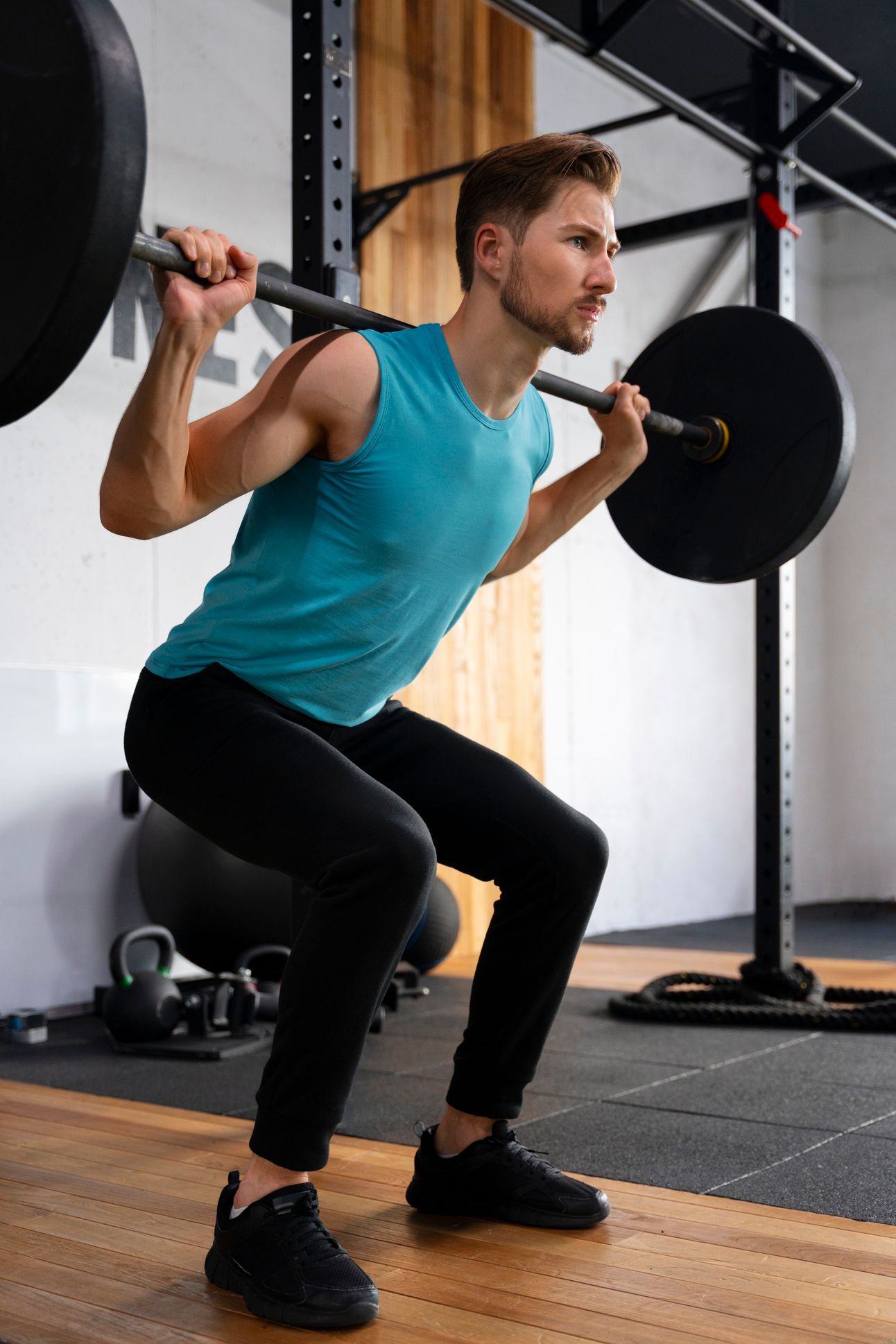- The Motor Unit
- Posts
- What if you could lift to improve mobility?
What if you could lift to improve mobility?
Are you scared that if you start lifting weights you’d one day end up becoming stiff across your joints? Maybe you're scared that one day you may not be able to reach your toes with your hands?
What if I told you that lifting weights is going to actually help you increase your mobility across your joints? What if I told you that including a stretching routine isn’t the only way to increase your mobility?
I know. It’s hard to believe but that has also been my experience because I find stretching boring. But you don’t have to take my word for it because a 2023 meta-analysis1 has concluded exactly that. Granted I’m not all that flexible but my tight hips come from sitting on my ass for several hours straight on a corporate job and not from lifting weights. It’s actually been counteracting it. I should probably not sit so much.
Here’s the thing - when it comes to improving mobility, there’s a right way and a wrong way to go about lifting weights. If you’re going to go about lifting weights the wrong way through partially executed repetitions then you’ve got only yourself to blame for poor mobility. But before I go into the right way I think there’s something about the different phases of a lifting movement that needs to be discussed here. Those phases are the concentric, the eccentric, and the isometric phases of the lift.
Imagine yourself doing a dumbbell biceps curl. When you actively lift that dumbbell from the bottom to the top towards your shoulder, that’s the concentric phase. It’s when your biceps muscle shortens and actively works to lift the weight around the elbow joint. It’s the same as you pushing a barbell up from your chest in a bench press or standing up with a barbell from the bottom of a squat position.
Now, after executing this concentric movement, imagine yourself lowering the dumbbell back towards the bottom. That’s when your biceps muscle lengthens to let that dumbbell move down slowly instead of letting gravity take over. It’s the same kind of movement as lowering a barbell towards your chest during a bench press or squatting down with a barbell on your back in a squat. The movements are controlled as you resist gravity taking over the drop.
Isometric is when you decide to hold the weight at any specific elbow joint angle for a specific number of seconds. This phase is primarily used in rehab to strengthen your joints so, we’re going to stick to the eccentric phase.
The eccentric phase of the exercise repetition would have to be executed to the full range of motion to allow the working muscles to lengthen and accommodate for the load in that repetition. Think about cues like squatting ass to grass or squatting below parallel. Realistically, this would look like squatting to such a depth that your calf muscles are completely covered by the back of your legs. This is you trying to execute the full range of motion your hip, knee, and ankle joints can afford you in the presence of an external load provided your joints are healthy.

This is a partial or a quarter squat

This is a deep squat
Executing your exercises, especially compound exercises, with a moderate load but through a full range of motion like in the squat described above after your concentric phase is one effective way to help with mobility but if you’re going to half-ass your repetitions with poor form then, like I said before, your mobility might go for a toss. Keep in mind that repetitions that are not executed through a full range of motion have their place in strength and muscle building but they have to be programmed right in a very specific setting.
Also, you’d have to use exercises that enable you to take advantage of your joints’ full range of motion. If you compare a pushup to a bench press, a bench press will help you attain a greater range of motion than a floor pushup. So, the next time you do a barbell squat or a bench press with a moderate load, try to go deep.
Until next time!
P.S. Don’t sit on your ass all day.
References
Alizadeh, S., Daneshjoo, A., Zahiri, A.et al. Resistance Training Induces Improvements in Range of Motion: A Systematic Review and Meta-Analysis. Sports Med 53, 707–722 (2023). https://doi.org/10.1007/s40279-022-01804-x
Image attributions
Reply